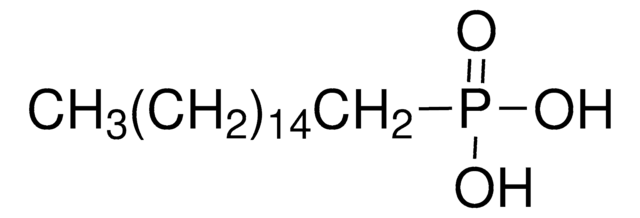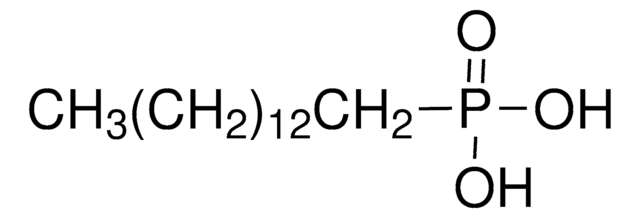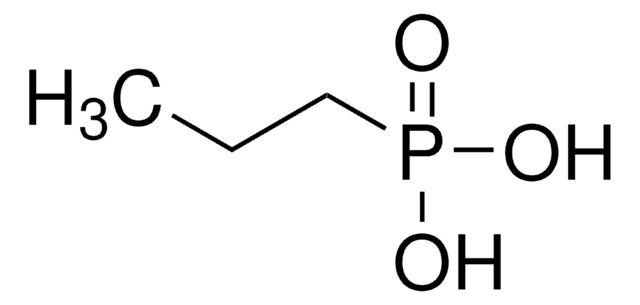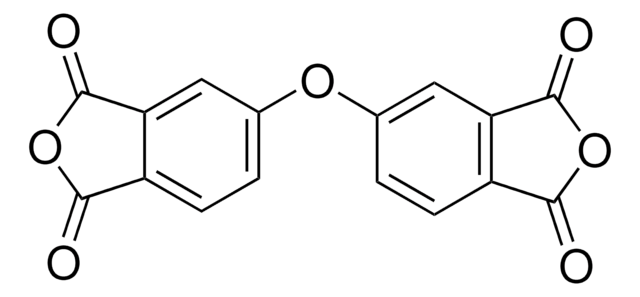715166
Octadecylphosphonic acid
97%
Synonym(s):
n-Octadecylphosphonic acid, ODPA
About This Item
Recommended Products
assay
97%
form
crystals
mp
95-100 °C
SMILES string
CCCCCCCCCCCCCCCCCCP(O)(O)=O
InChI
1S/C18H39O3P/c1-2-3-4-5-6-7-8-9-10-11-12-13-14-15-16-17-18-22(19,20)21/h2-18H2,1H3,(H2,19,20,21)
InChI key
FTMKAMVLFVRZQX-UHFFFAOYSA-N
Looking for similar products? Visit Product Comparison Guide
General description
Application
signalword
Warning
hcodes
Hazard Classifications
Eye Irrit. 2 - Skin Irrit. 2
Storage Class
11 - Combustible Solids
wgk_germany
WGK 3
Choose from one of the most recent versions:
Already Own This Product?
Find documentation for the products that you have recently purchased in the Document Library.
Customers Also Viewed
Articles
There is widespread demand for thin, lightweight, and flexible electronic devices such as displays, sensors, actuators, and radio-frequency identification tags (RFIDs). Flexibility is necessary for scalability, portability, and mechanical robustness.
Self-assembled monolayers (SAMs) have attracted enormous interest for a wide variety of applications in micro- and nano-technology. In this article, we compare the benefits of three different classes of SAM systems (alkylthiolates on gold.
Our team of scientists has experience in all areas of research including Life Science, Material Science, Chemical Synthesis, Chromatography, Analytical and many others.
Contact Technical Service














